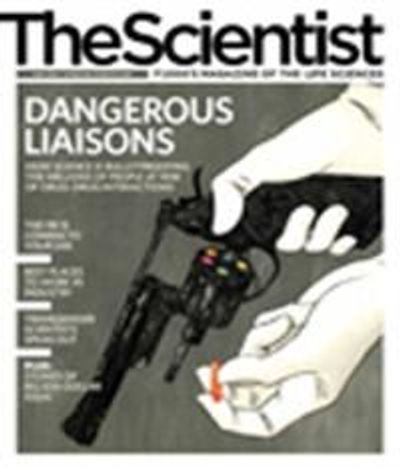Contributors

Stanford molecular biologist Suzanne Pfeffer studies how receptors are transported through human cells and end up in just the right place at the membrane. She specializes in Rab GTPases, the enzymes that orchestrate much of this activity. Currently, her lab is focusing on the functioning of the Golgi apparatus, the cell’s packaging and distribution center. “The Golgi’s a really important structure in the cell, and despite decades of work on it, we still don’t understand how it works,” she says. Pfeffer, a Faculty of 1000 member, wrote a review for F1000 Biology Reports on recent insights into how Rab GTPases help the Golgi work, which was adapted for this month’s issue of The Scientist (p. 65). Pfeffer says that she enjoys participating in F1000 and writing reviews about her field of inquiry. “Having a different way to communicate with scientists about the publication literature is really valuable.”

Chris Bode...

If Julian Davies hadn’t “partly gone bored” with organic chemistry, he may have never “discovered biology and became interested in the biological impact of chemistry.” Davies, emeritus professor of microbiology and immunology at the University of British Columbia and the head of the microbiology Faculty at F1000, says that when antibiotics began to be discovered, scientists were “finding and working with novel compounds.” However, that era of optimism has ended, he argues, as “pharmaceutical companies are more interested in money than helping people, and money is no longer in infectious disease.” On p. 33, Davies challenges young scientists to develop original and novel techniques to fight drug resistant bacteria.

Raquel Aparicio is a “happy freelance illustrator and aspiring comic artist.” She has always felt drawn towards medical graphics since both of her parents are pathologists; however, this month’s feature on drug-drug interactions (p. 38) marks her first time doing scientific illustrations. “I love working as an illustrator especially with this kind of assignments, where I’m not familiar with the subject and I have to do a little research and try to find a nice idea to suit the text.” Aparicio’s work has been featured in The New York Times, Rolling Stone, among many other publications.
Interested in reading more?
